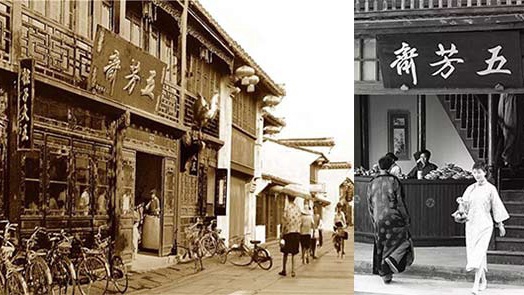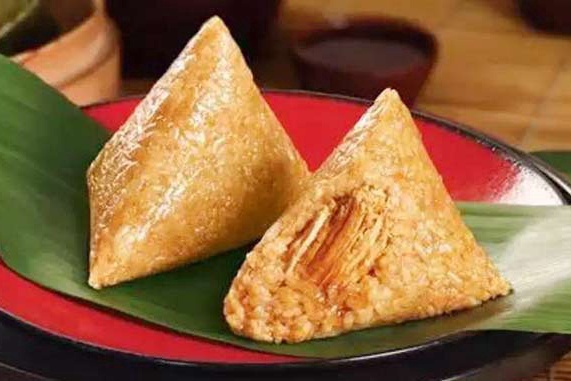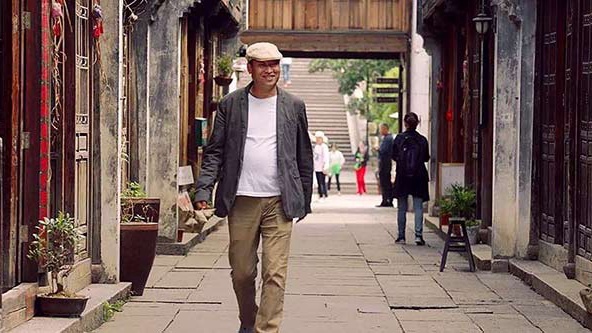
With the fresh smell of reed leaves, as well as the scent of rice and meat wafting through the air, the Wu Fang Zhai factory is a scene of orderly tension as workers prepare stacks of orders for the upcoming Duanwu Festival, also known as Dragon Boat Festival.
Wu Fang Zhai, a time-honored brand of zongzi (stuffed glutinous rice dumplings) is based in Jiaxing of Zhejiang province. Founded in 1921 with a small workshop, the enterprise now produces over 1.8 million zongzi each day at peak times during the Duanwu Festival.The custom of eating zongzi during the festival in Jiaxing dates back to the Ming Dynasty (1368-1644). As the technique for making zongzi in Jiaxing gradually developed, zongzi produced here became more popular around the country, especially meat zongzi. The most famous brand for meat zongzi is Wu Fang Zhai and the technique for making Wu Fang Zhai zongzi was placed on the list of national intangible cultural heritage in 2011.

Making zongzi requires 36 steps. Workers have specific instructions to produce each piece, from how to add stuffing to the rice, weigh and shape each piece, to wrapping each pyramid-shaped dumpling by hand. There are also detailed standards as to where to put the stuffing, and the way to tie each piece with thread.
An electronic scale is in front of each worker, so each zongzi is made to a standard weight. For a 160-gram zongzi, the error allowed is within 2 grams.
While an automated assembly line has replaced much of the manual work, the part of wrapping zongzi is still done by hand. Recently, the company announced that it is looking to spend 10 million yuan ($1.45 million) to develop robots that can replace humans to make zongzi.The materials for making zongzi are specially chosen from high-quality sources. The rice is from Northeast China's Heilongjiang province, the leaves wrapped around the zongzi are from high mountains in Jiangxi province, and the meat filling is made of fine-selected pork hindquarters from exclusive pig farms in Henan and Zhejiang provinces.

Hu Jianmin is the fourth generation inheritor of this intangible cultural heritage. He said that a zongzi wrapping technician needs to train for five months. Many technicians have worked at Wu Fang Zhai for more than 20 years, and the fastest record is wrapping seven zongzi in one minute.
New techniques, crafts and products are put forward now and then in the research and development department in the company's industrial park. But Hu stressed that the integration of modern technology should be done while respecting tradition, and the formula and process of zongzi making never changes.
The company's zongzi has "137 kinds of classy stuffing, 56 kinds of secretly-made seasonings, the nine-string wrapping technique, as well as more than 4,000 people's persistence, that means the flavor of Wu Fang Zhai zongzi never changes", said Liu Yue, a manager of Wu Fang Zhai. "We will stick to our hundred-year experience in ingenuity, and strive to be a guardian of traditional Chinese food."
Now Wu Fang Zhai not only makes zongzi, but also related products, including mooncake, salted egg, pot-stewed fowl and snacks. It has also collaborated with China's multiple online marketplaces, such as Taobao and Juhuasuan, to expand its online market share.To stay current, Wu Fang Zhai also collaborated with Disney and has put forward a Star Wars-themed zongzi package this year.





